Marks & Spencer’s pilot fashion and beauty store in Battersea is a very different proposition from the retailer’s usual approach to fashion. The format may bring challenges but is likely to prove worthwhile, believes George MacDonald
Now that it seems to be very firmly on the front foot, Marks & Spencer has more opportunity to experiment.
That was evident this week as Marks & Spencer opened a dedicated fashion and beauty store in London’s Battersea Power Station development. At 8,400 sq ft, it’s a minnow compared to the floorspace typically devoted to clothing in a big store.
In some ways, it’s not a new idea. Right back when Roger Holmes was running M&S at the turn of the millennium, there was talk of opening standalone Autograph shops.
It was an idea that Holmes’ successor Stuart Rose put the kybosh on – understandably, at a time when he was fending off unwelcome bid interest from Philip Green and focused on restoring basic appeal at M&S.
Twenty years or so on, is a boutique-style M&S store an idea whose time has come?
Certainly, M&S had been putting on the style in apparel.
“After plodding for so long, in recent times it has been displaying its old magic again”
When the retailer reported interim results last month, it recorded clothing and home like-for-like growth of 5.3% and a 90bps market share increase to 10.3%. It has been outperforming the wider fashion market for about four years.
Particularly relevant as Battersea opens is that M&S also reported “style perception continuing to improve”, helped by high-profile collaborations such as the one with actress Sienna Miller.
The Battersea opening should help boost M&S’ fashion credentials further. Battersea Power Station pitches itself as “one of the most exciting and innovative mixed-use neighbourhoods in the world” – the perfect place then for M&S to show off the best of its ranges, rubbing shoulders with stores such as Apple, Boots beauty hall, Jigsaw, Reiss and Zara.
The assortment in the shop is a highly curated selection of M&S’ men’s and womenswear with a spotlight on top-end ranges such as Autograph and Jaeger, and there are high ambitions on service provided by “customer experience visual stylists who are on hand to provide help with fittings and outfit building”.
That’s all complemented by beauty – a category that has generally been performing strongly across retail, including at rival John Lewis, and in which M&S is keen to build share.
However, the positioning of Battersea, and accordingly M&S’ pilot store, is very specific. There are other such locations, but it’s not an experience by any means replicated on high streets or in shopping centres nationwide. That must be likely to limit the potential for a big chain of M&S boutiques along the lines of Battersea.
“While M&S has established Simply Food as a highly successful chain of smaller stores, the dynamics at play in fashion are very different”
M&S’ Battersea fashion store, even though close to one of the retailer’s food branches, won’t benefit from the immediate adjacency to grocery that helps clothing sales in its full-line shops. Volumes will likely be much lower, hence the focus on the high-end clothing ranges. I don’t know the terms on which M&S has taken the Battersea branch, but I bet they’re pretty good since it’s a high-profile, experiential enterprise.
However, trying out a smaller footprint should also bring valuable lessons that allow the retailer to further evolve its formats. And smaller stores are certainly in vogue at the moment. A raft of retailers are piloting them – Dunelm has just opened one, as has Primark.
The main takeaway from Battersea is that it’s great to see M&S is in a position to experiment without shifting emphasis away from the importance of strong execution and ongoing innovation in the core business, whether in product or the supply chain.
If the new venture works, great. If it’s disappointing, or there isn’t scope for significant further openings, nobody has bet the bank on it. M&S can move on and try something else new.






















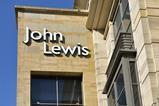

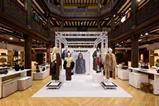
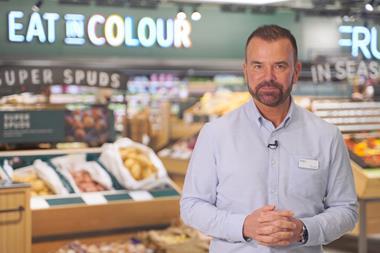
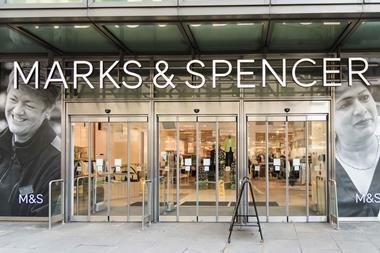

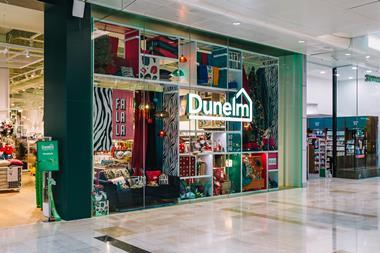

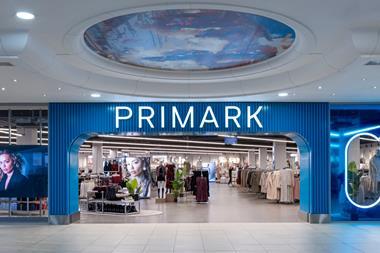
No comments yet